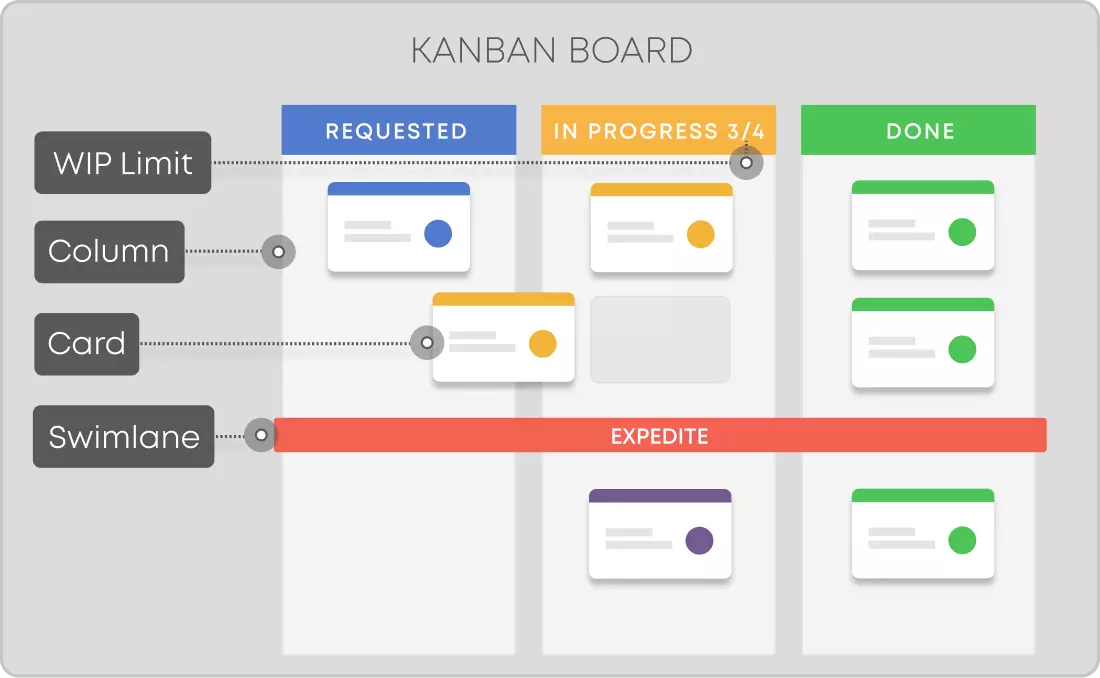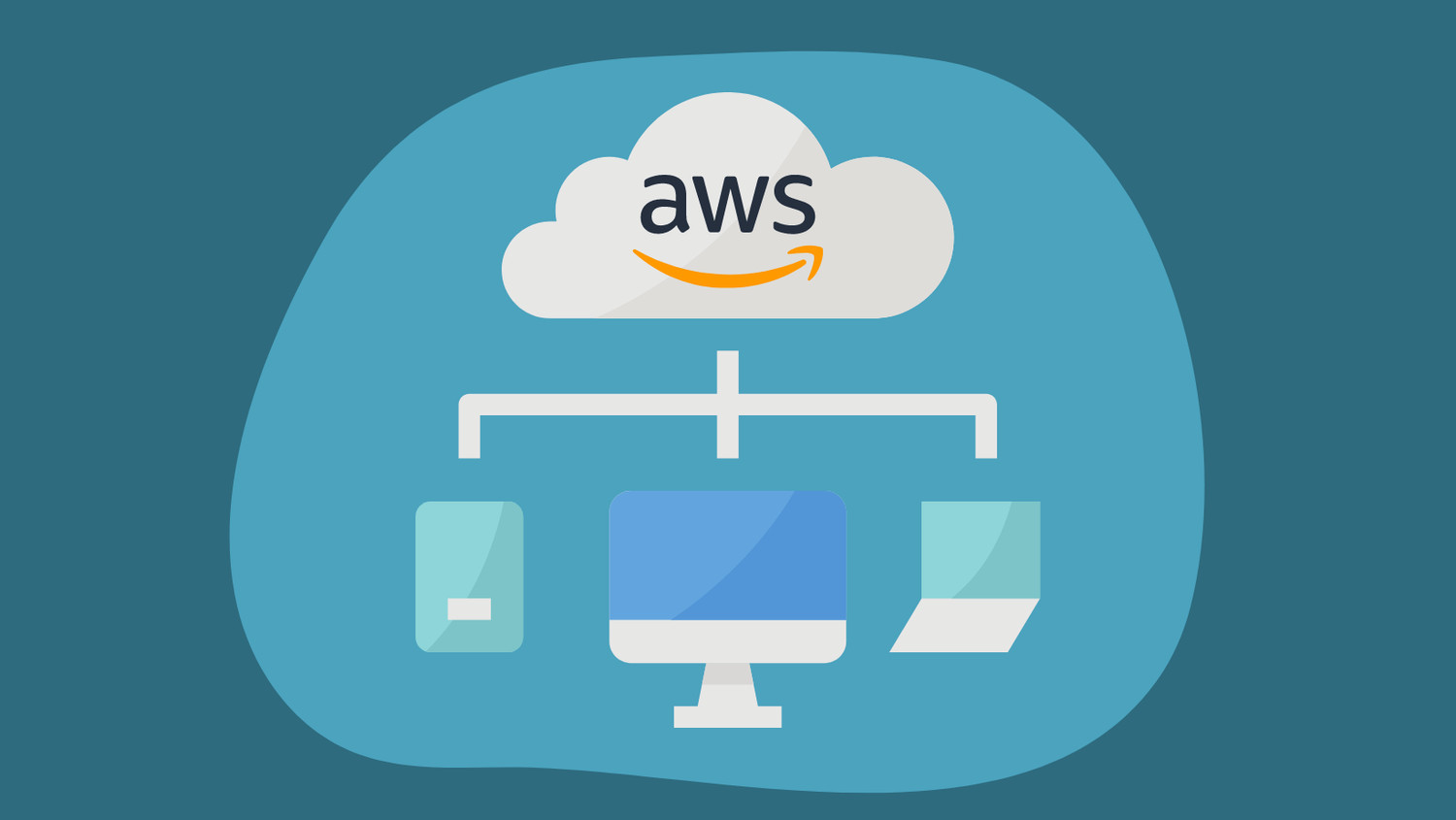Serverless architecture is rapidly gaining traction as a revolutionary approach in cloud computing, offering businesses enhanced agility, reduced operational costs, and faster deployment times. Unlike traditional cloud models that require managing servers or infrastructure, serverless allows developers to focus solely on code while the cloud provider handles scaling, maintenance, and resource allocation automatically. This pay-as-you-go model is particularly attractive to startups and enterprises looking to optimize performance while minimizing overhead.
As more organizations embrace digital transformation, serverless computing is enabling seamless scaling of applications during peak usage without the need for manual intervention. Companies using platforms like AWS Lambda, Google Cloud Functions, or Azure Functions benefit from automatic scaling and event-driven processes, making it ideal for microservices, APIs, and real-time data processing. This architecture also contributes to faster development cycles and greater innovation by removing the complexity of backend management.
However, the adoption of serverless architecture does not come without considerations. Monitoring, debugging, and ensuring cold start performance can pose challenges. Nonetheless, when implemented with best practices and strategic planning, serverless architecture can empower businesses to be more responsive, cost-efficient, and innovation-driven. As the cloud ecosystem matures, serverless will likely become a cornerstone of modern application development, reshaping the future of IT infrastructure.





